Back to Strategy & planning
Problem statement templates
Define challenges clearly and align your team with Miro's Problem Statement templates collection. Use these customizable templates to articulate key problems, identify root causes, and frame solutions effectively.
51 templates
Customer Problem Statement Template
0 likes162 uses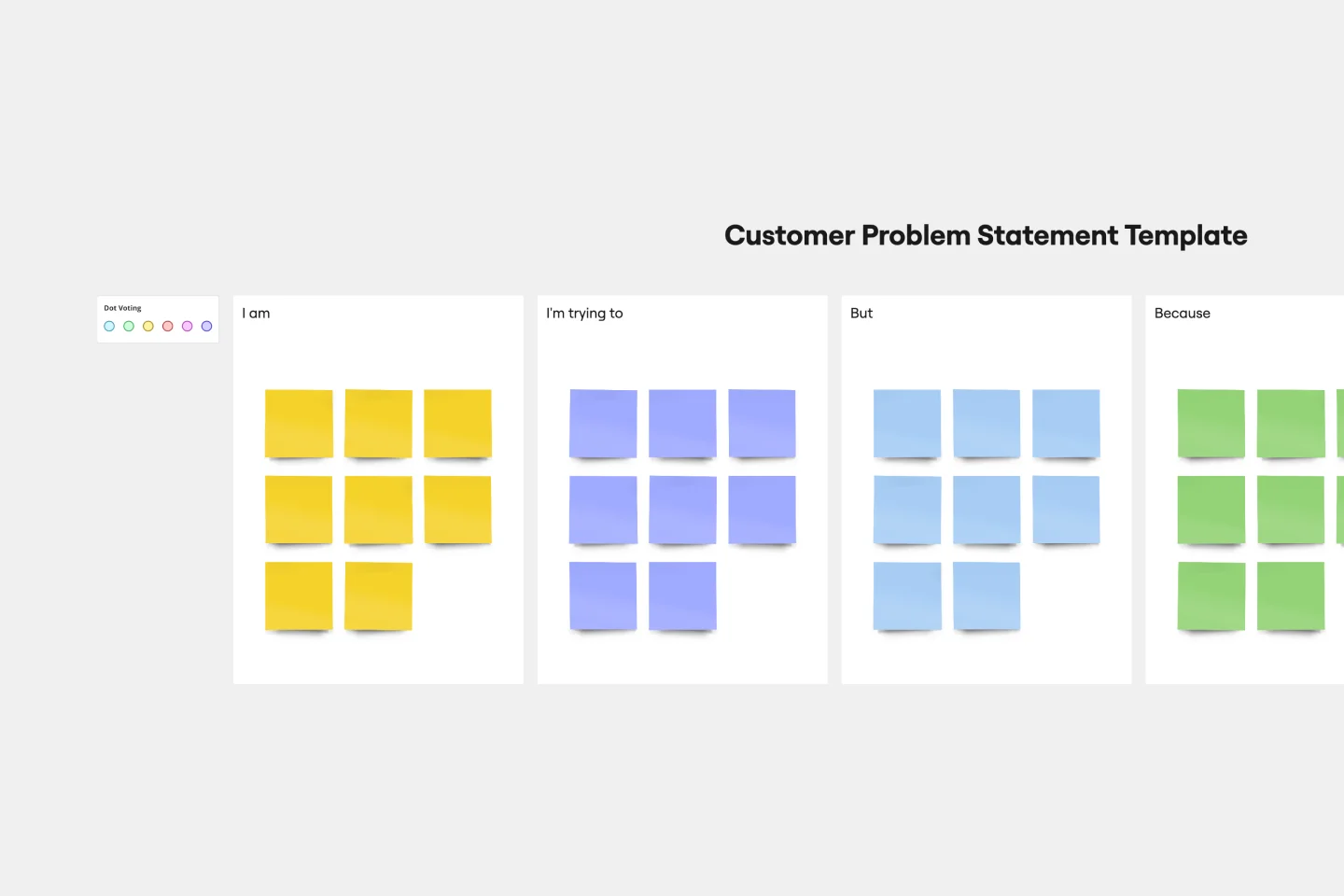
Problem Tree Template
9 likes2.5K uses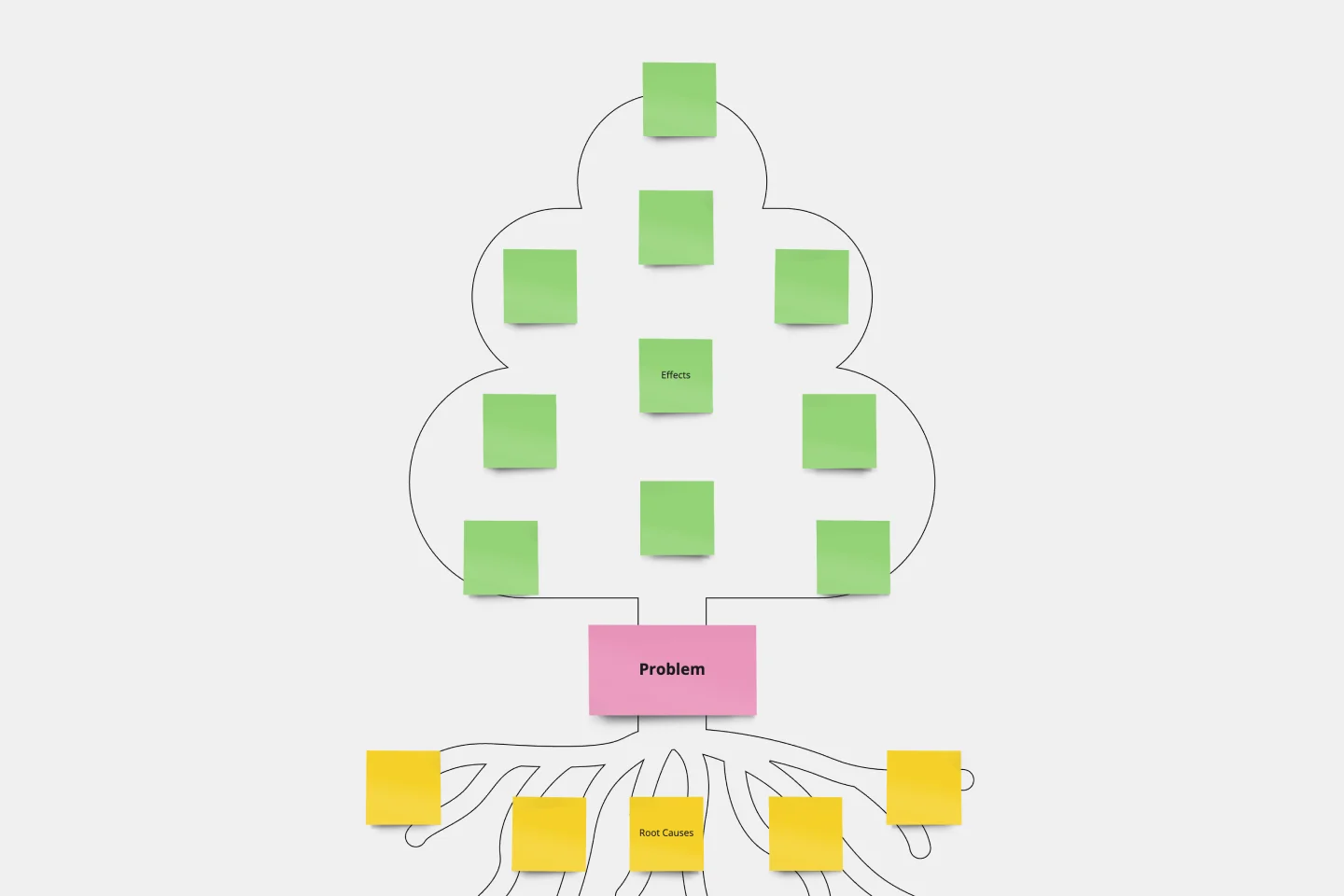
Structured Problem Solving
1.5K likes6.2K uses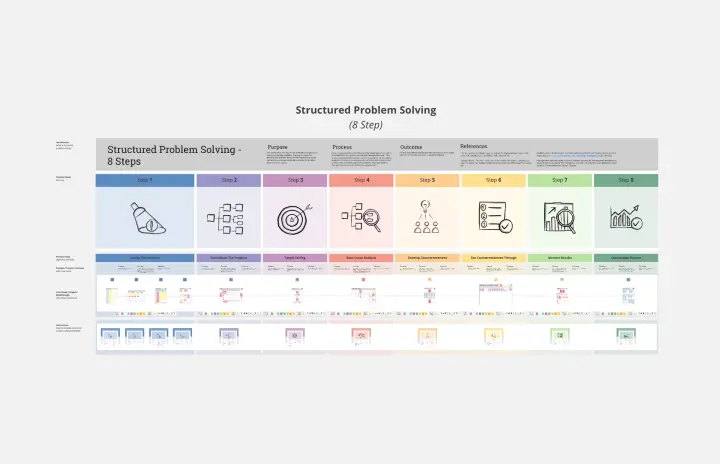
Structured Problem Solving
1.5K likes6.2K uses
Problem Statement Map
456 likes4K uses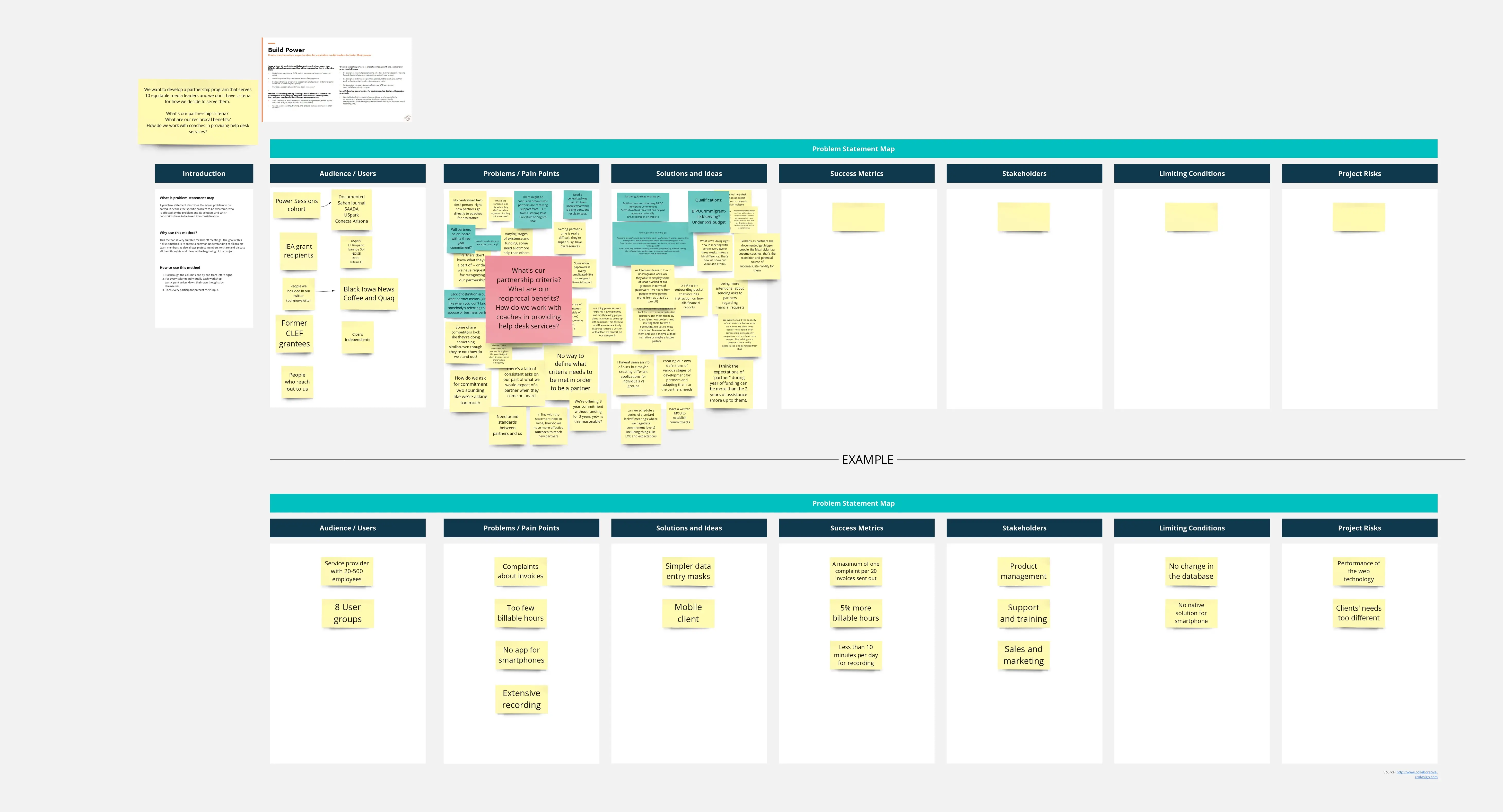
Problem Statement Workshop
532 likes3.6K uses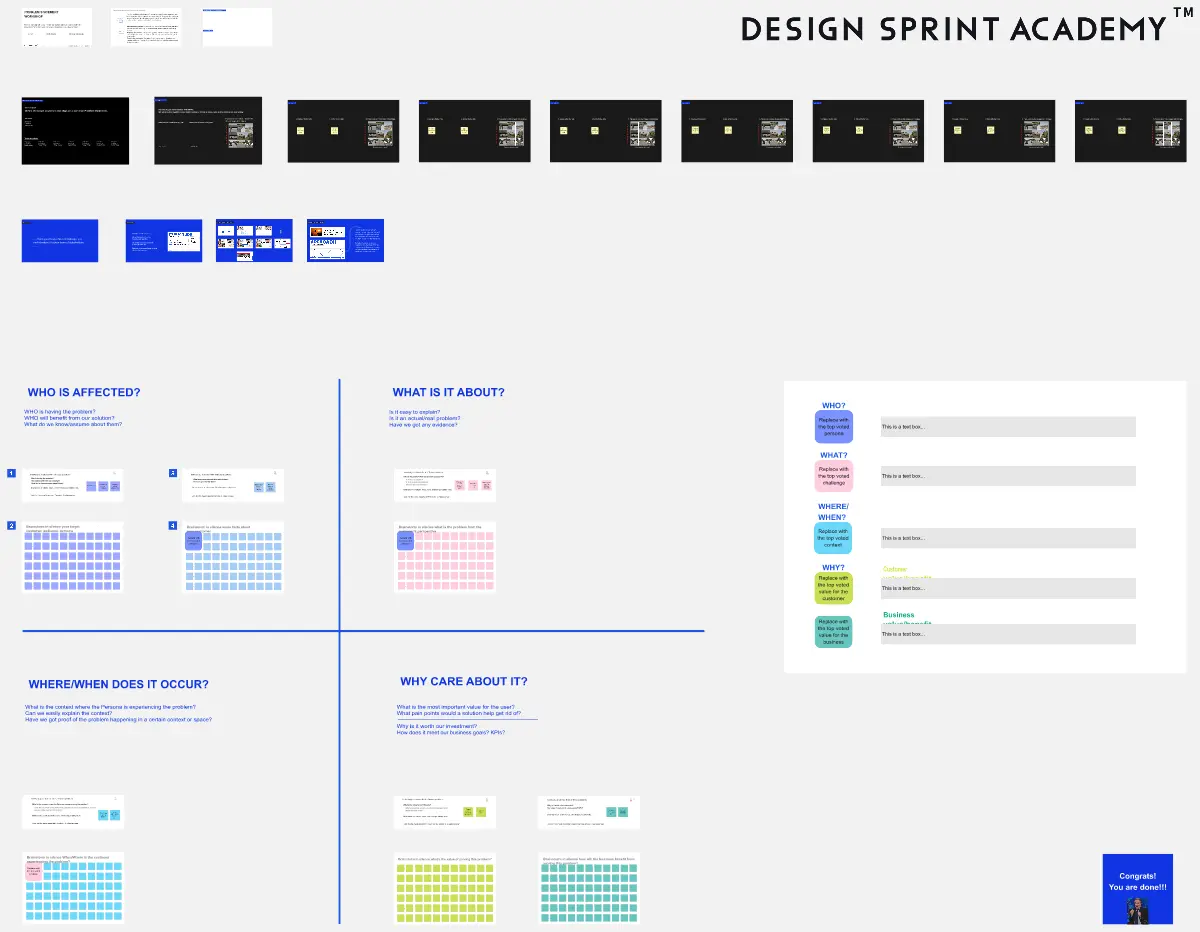
Problem Framing Canvas
310 likes2.6K uses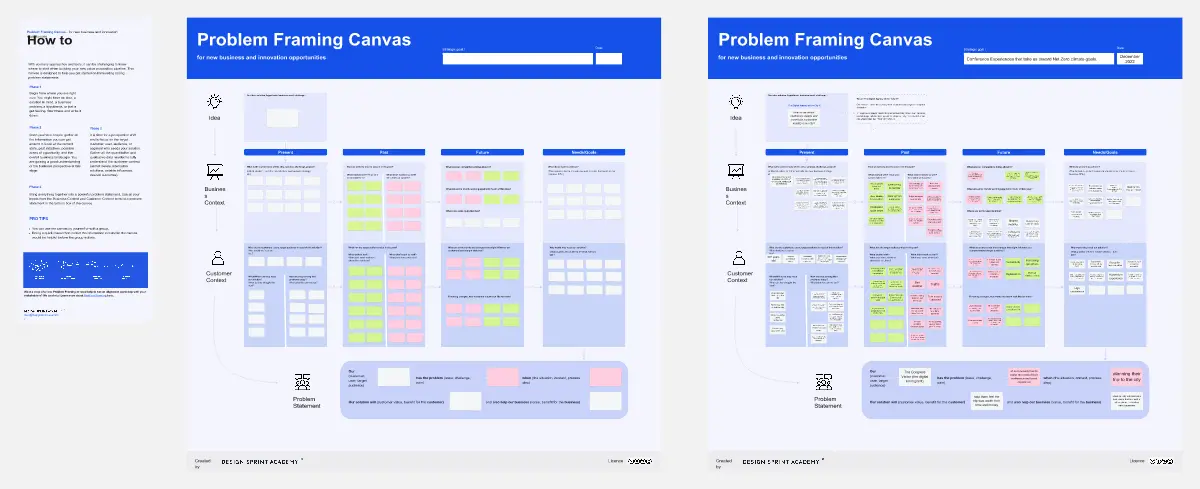
Problem Tree Template
9 likes2.5K uses
Problem Prioritization
336 likes1.2K uses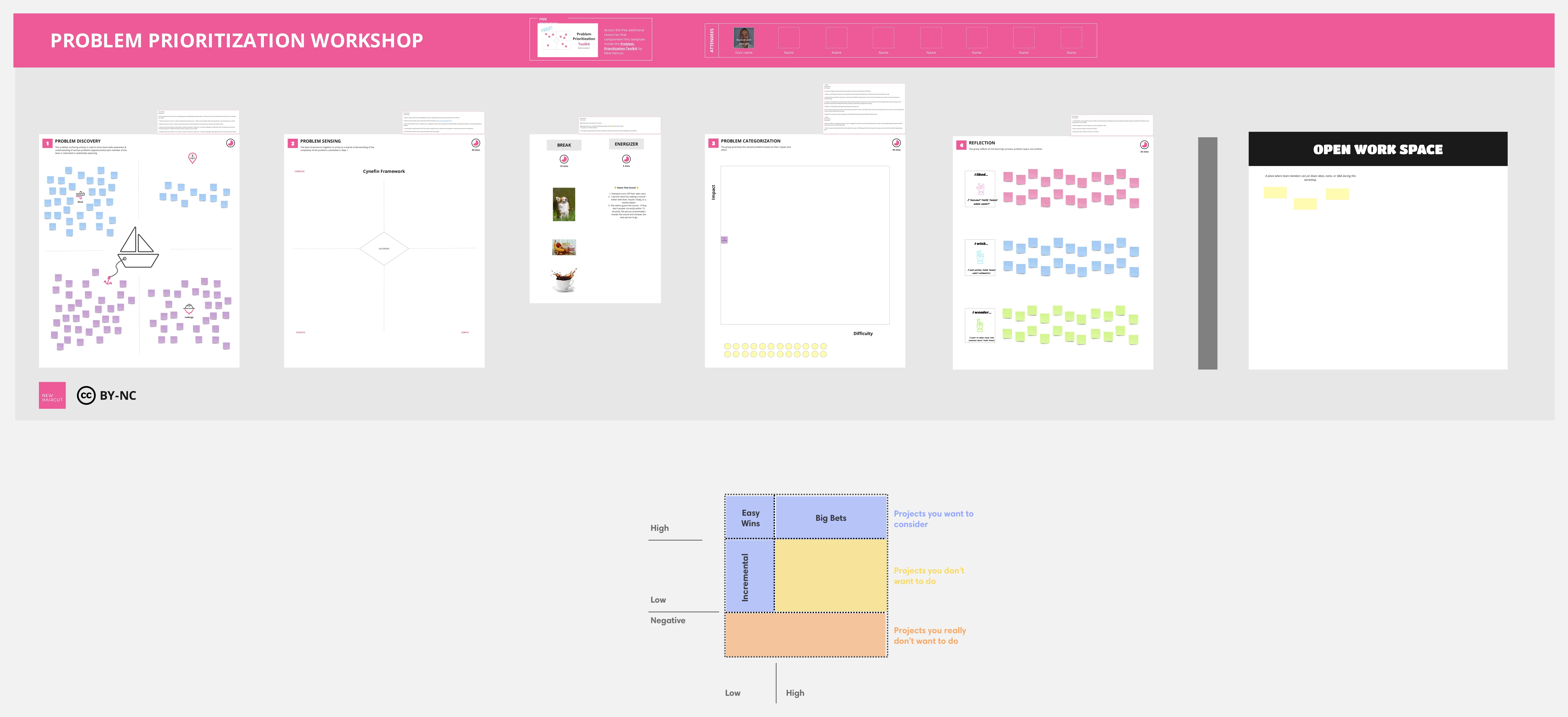
Market Problem Map
181 likes1.1K uses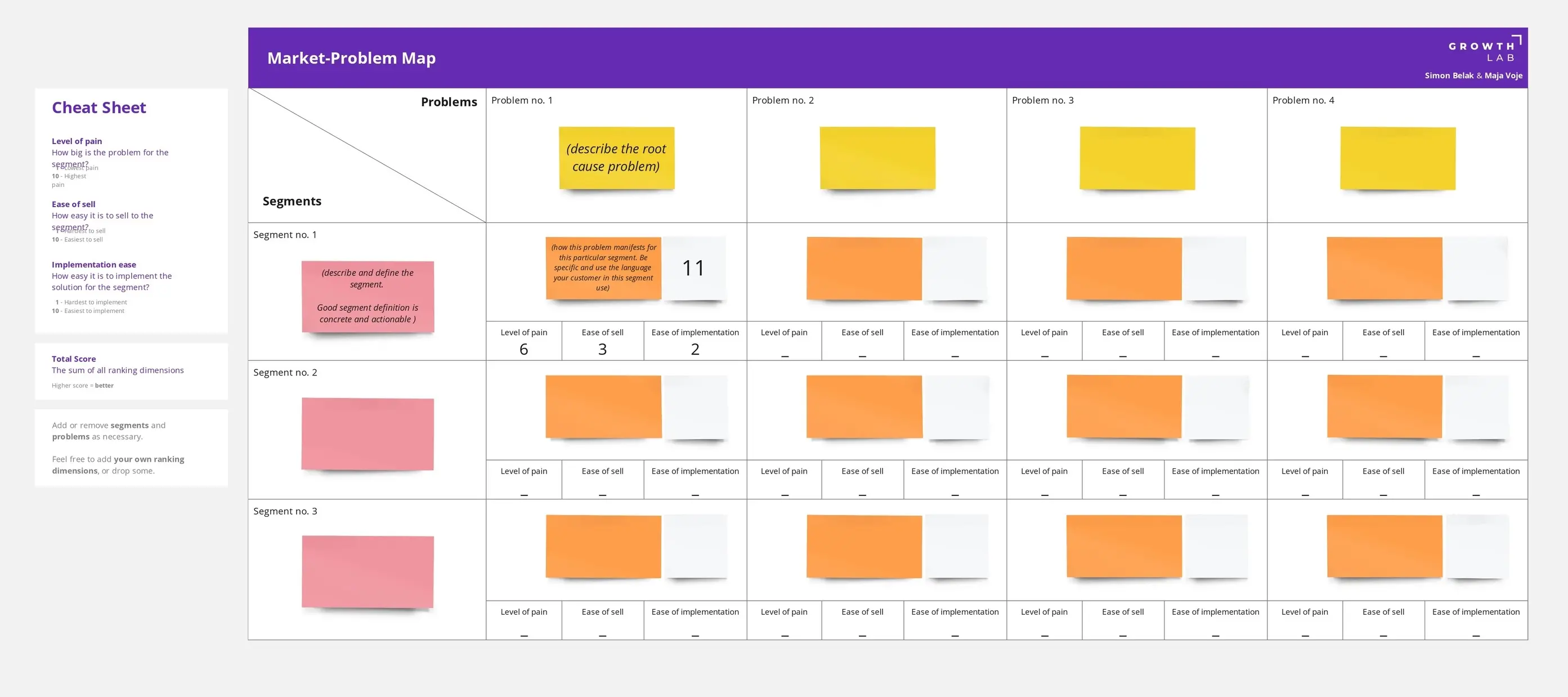
SCAMPER Creative problem solving
97 likes857 uses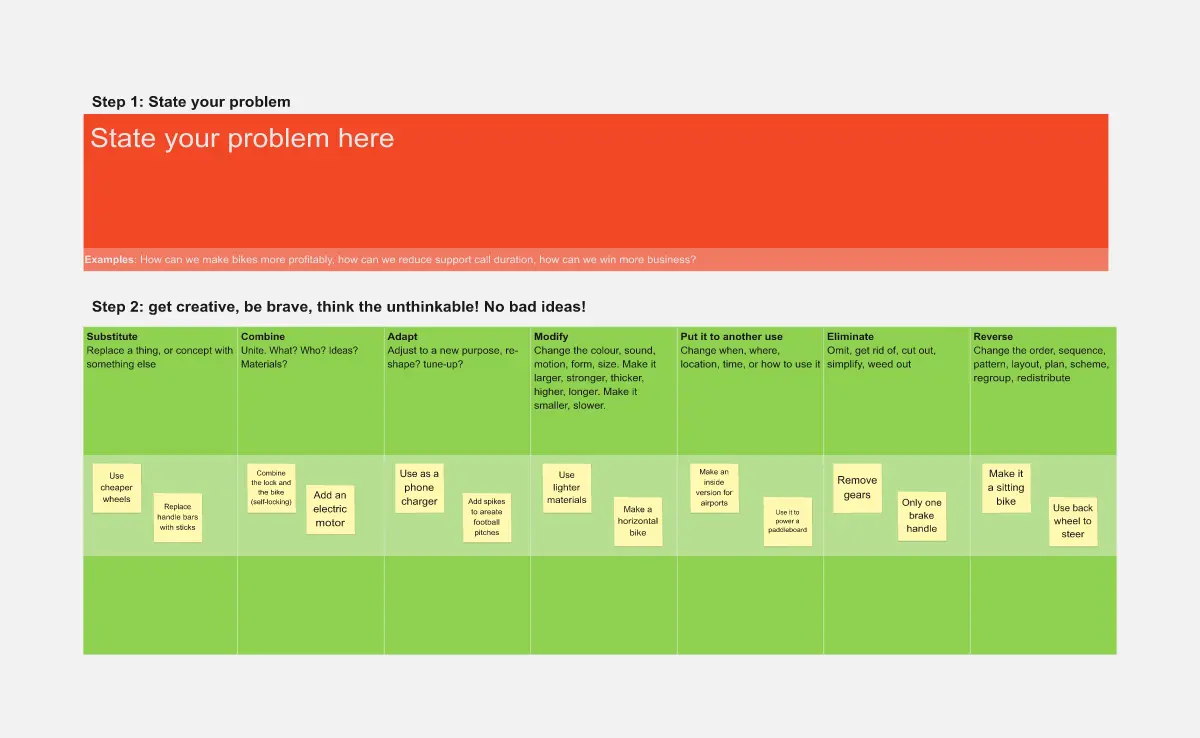
Problem-Solving Process
98 likes527 uses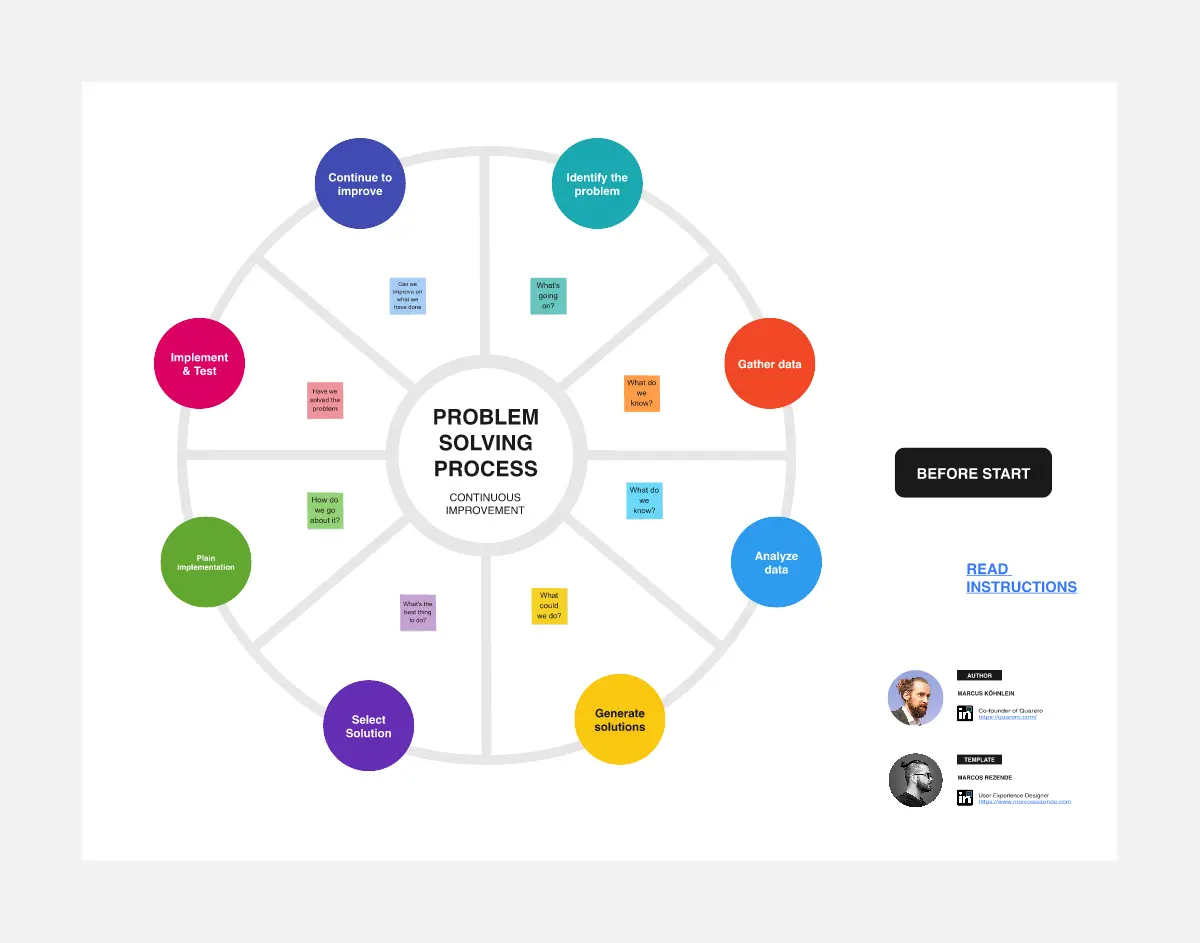
Problem Statement Activities
87 likes474 uses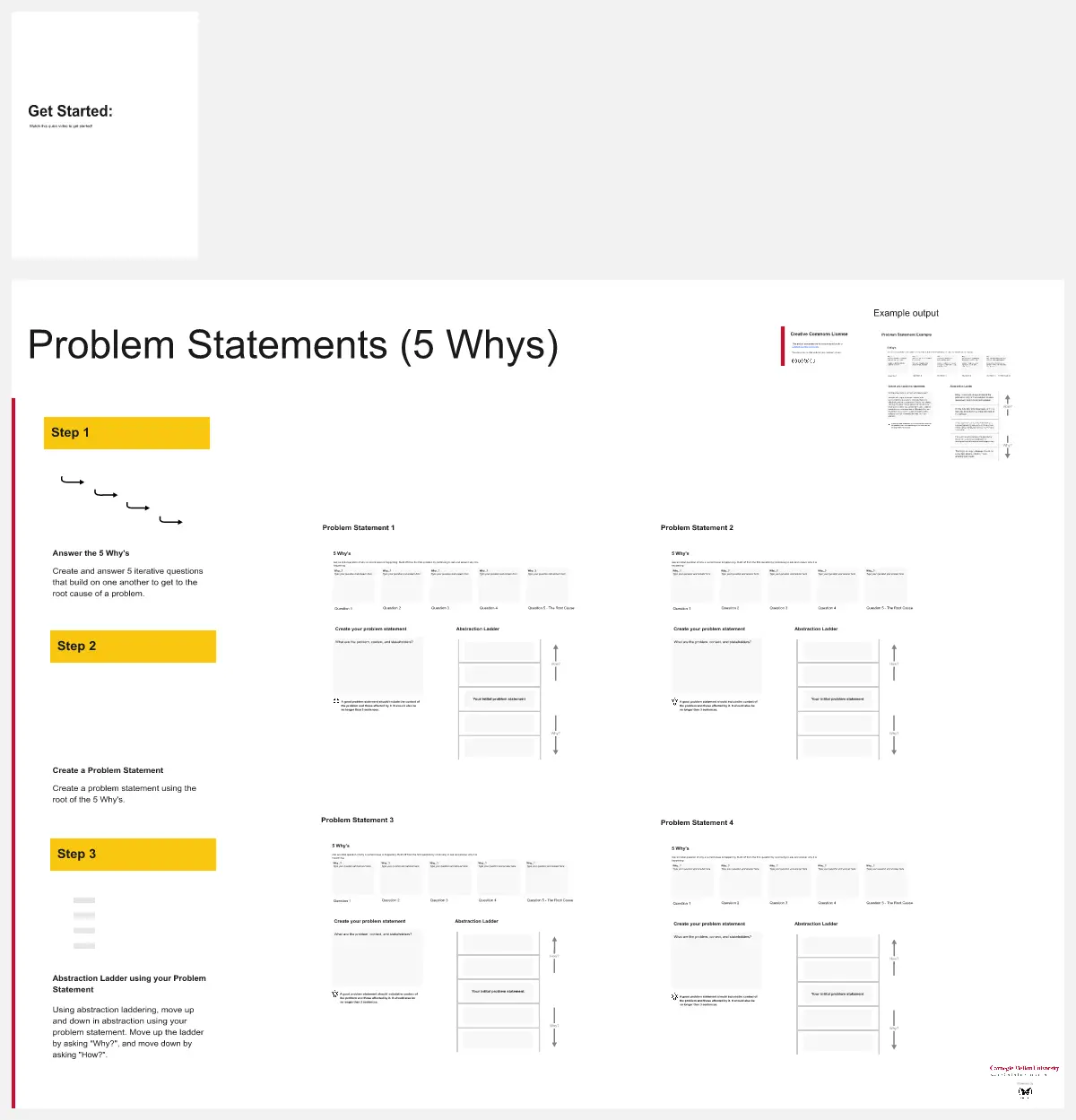
Lightning Problem Framing
113 likes355 uses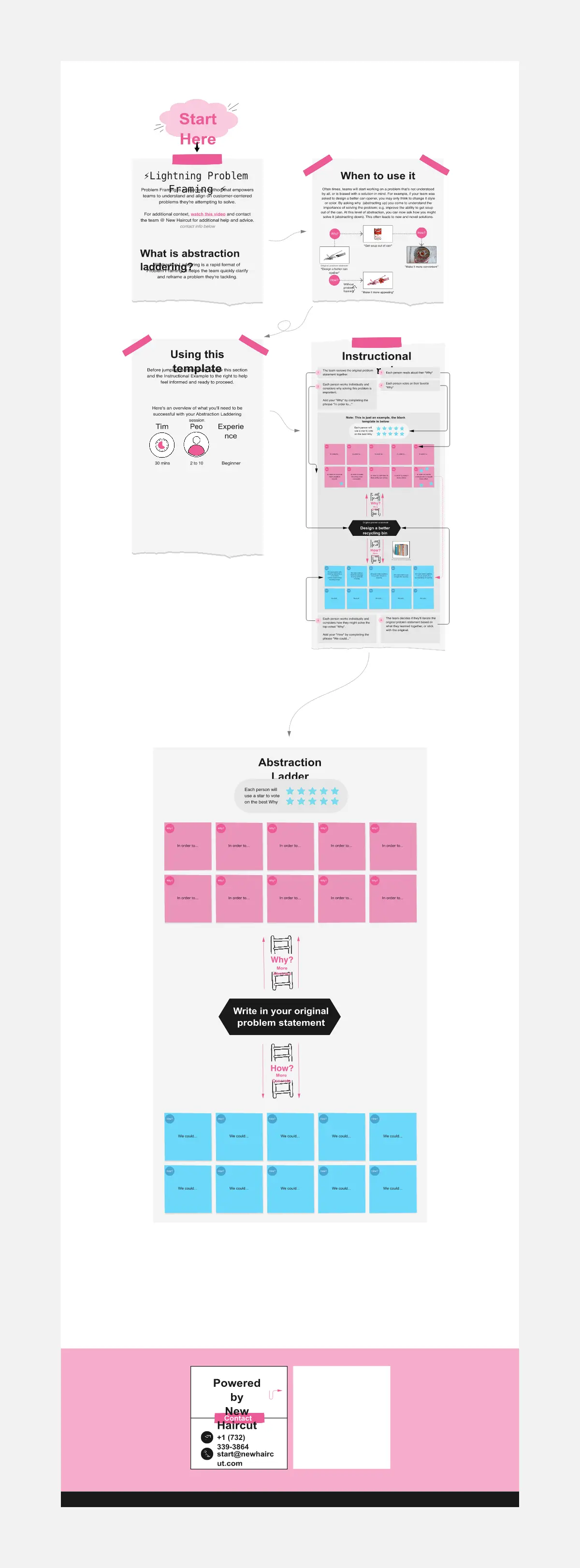
Problem Tree Analysis
61 likes349 uses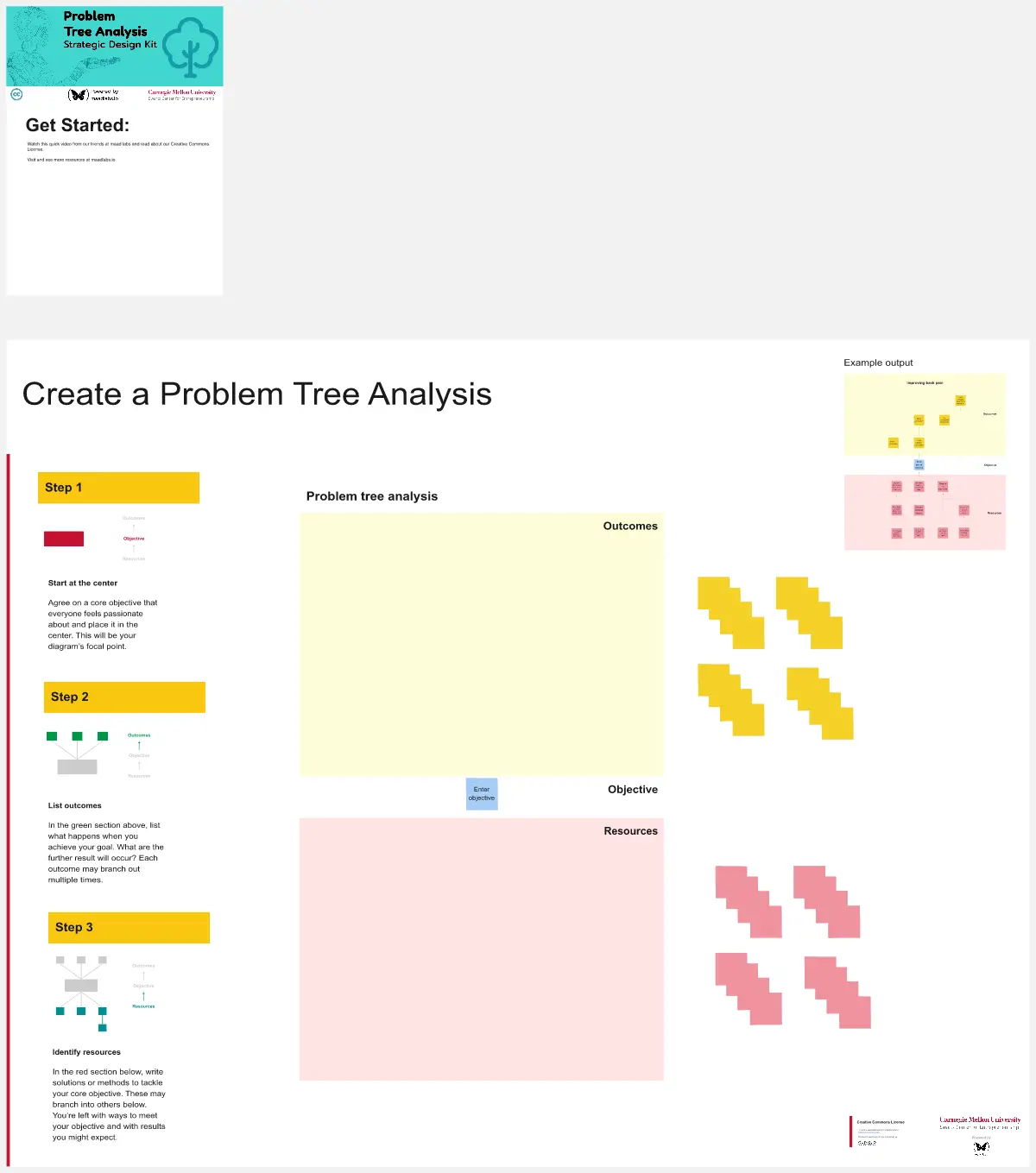
Problem to Growth and Scale Innovation Funnel
120 likes314 uses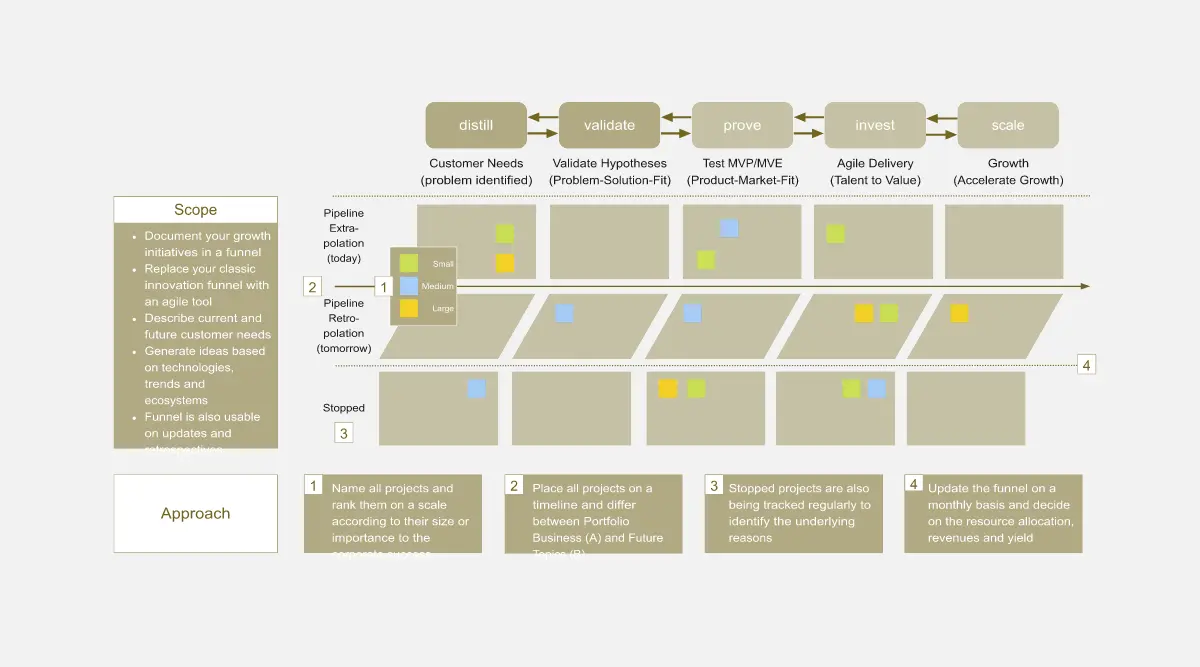
Kyrian Problem Resolver
28 likes309 uses
Design Thinking: Problem Statement
32 likes305 uses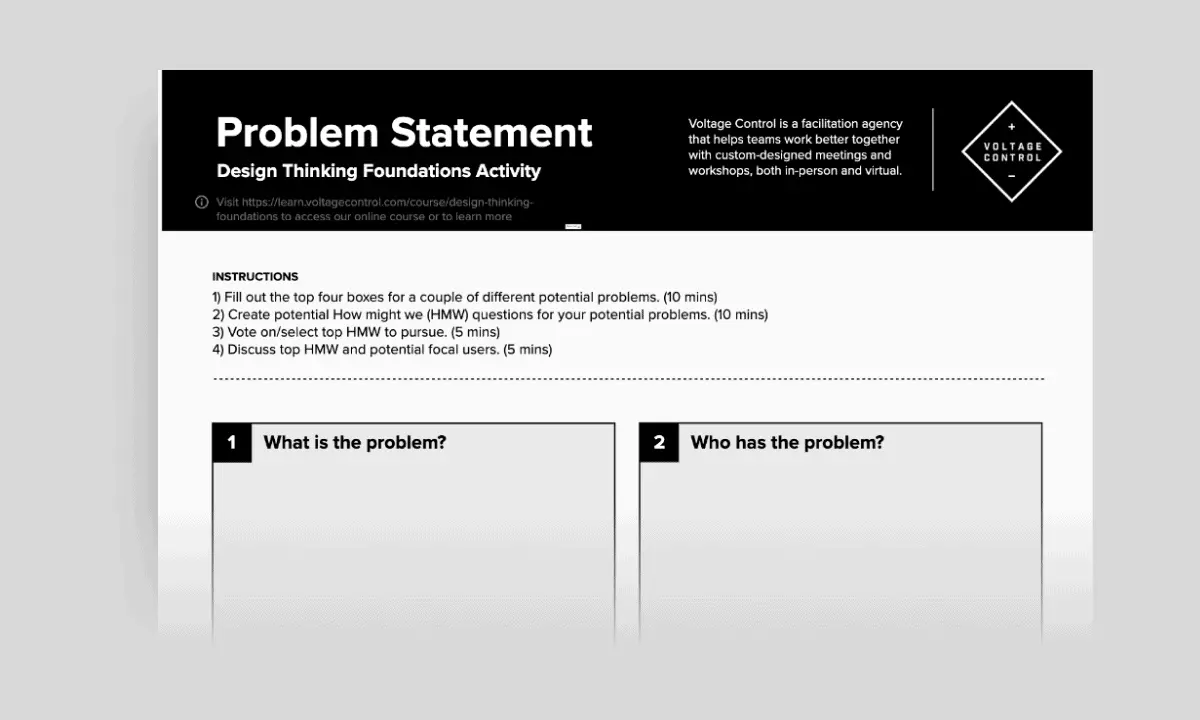
DDD: Frame the Problem
39 likes260 uses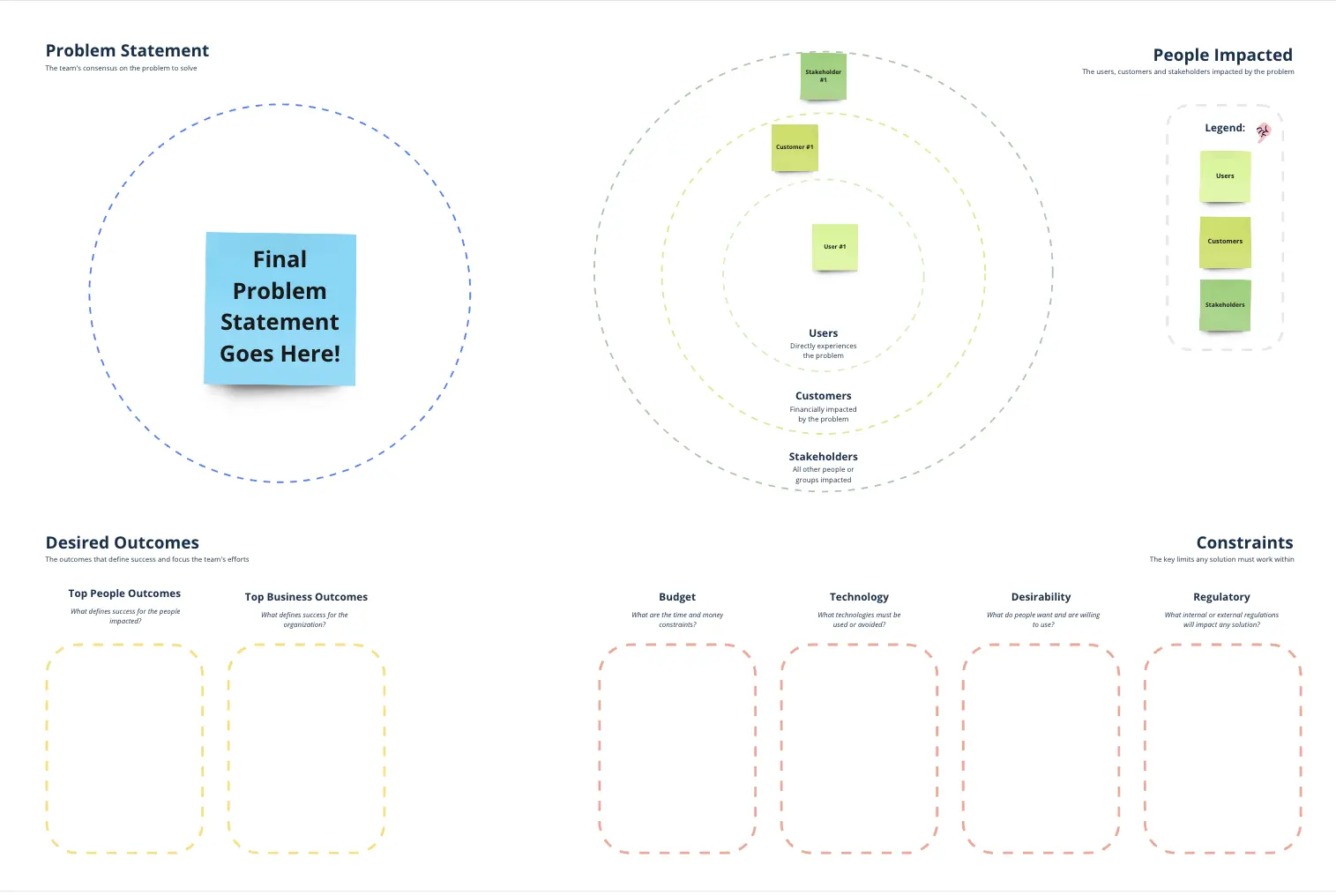
Wall of Problems
32 likes253 uses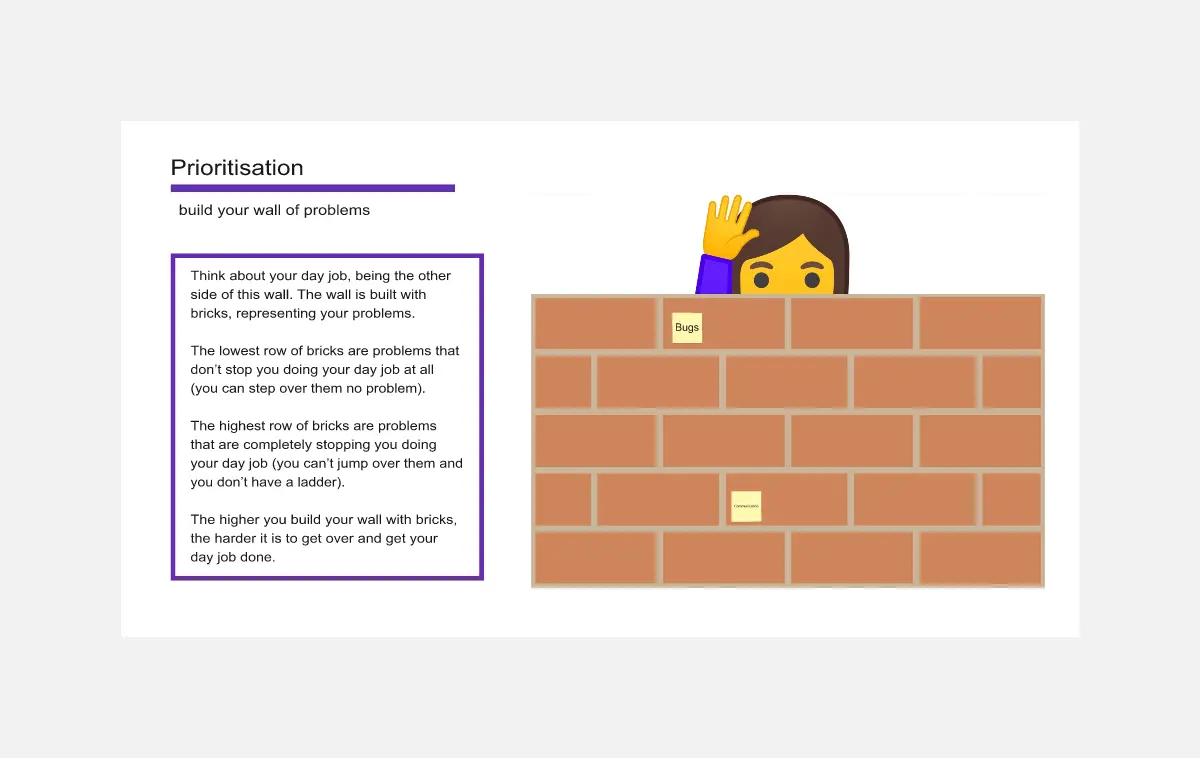
HMW Problem Statement Template & Workshop
36 likes248 uses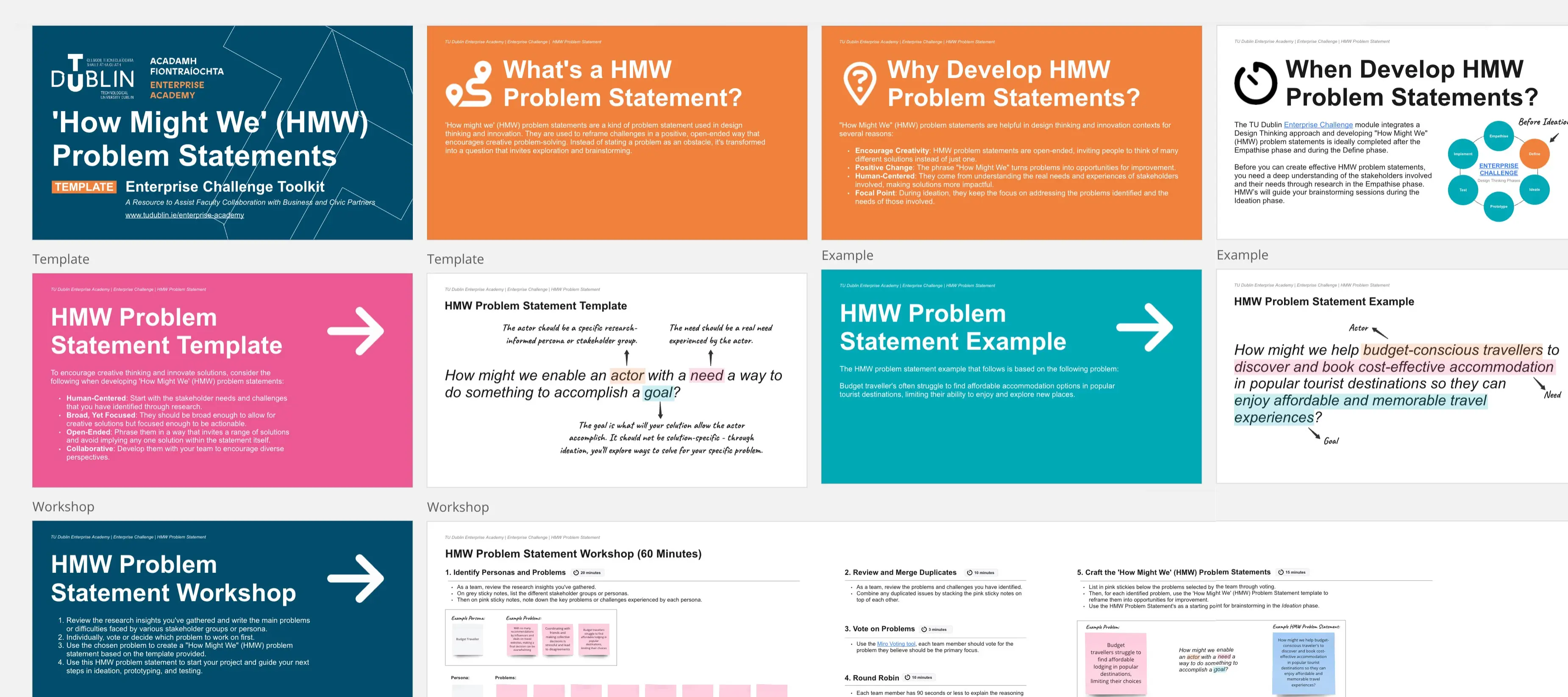
Reverse Brainstorming Template
6 likes229 uses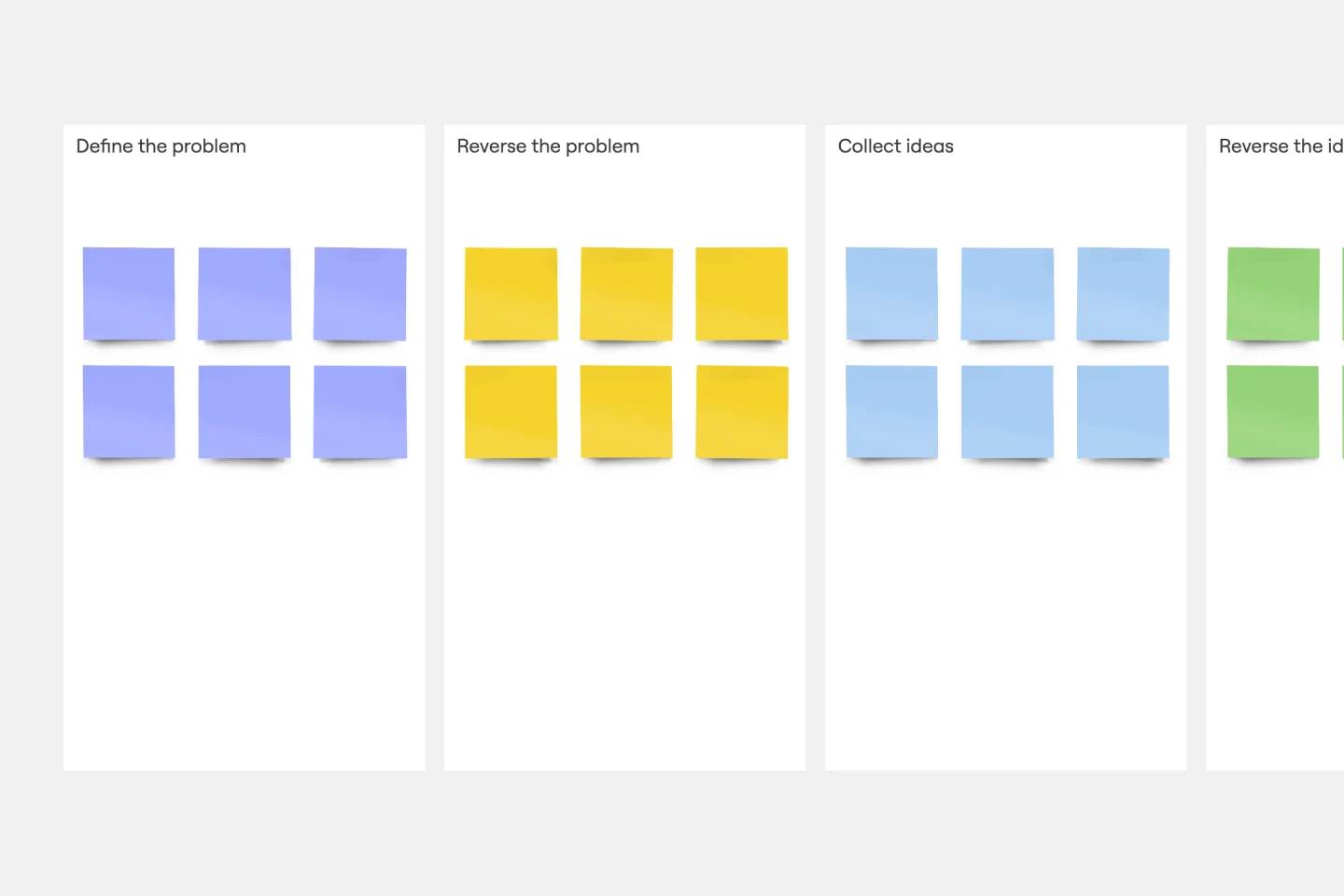
Problem Statement for Logistic
38 likes228 uses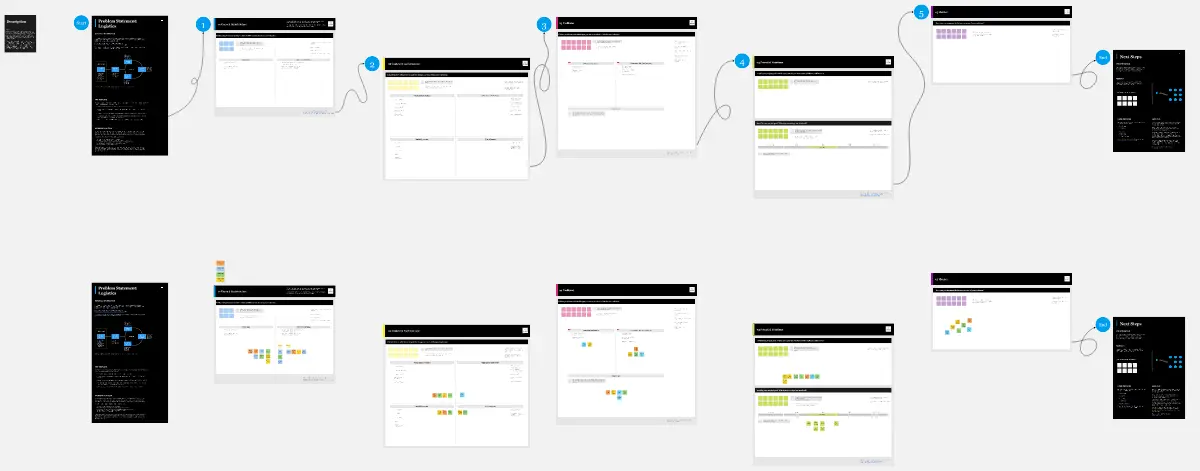
Problembaskets and the First Solution
43 likes183 uses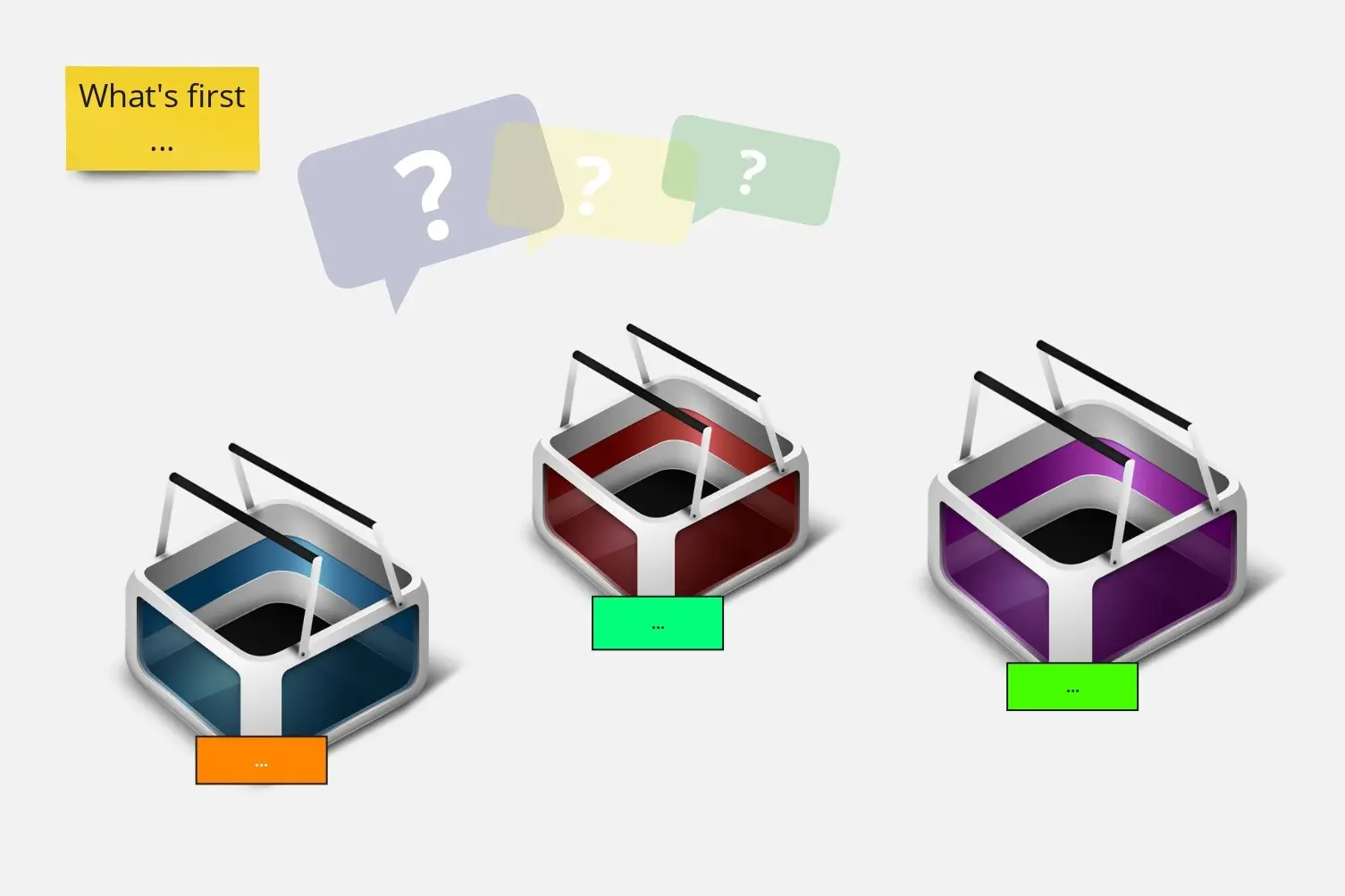
5 Whys Template
3 likes181 uses
Customer Problem Statement Template
0 likes162 uses
Structured Problem Solving
40 likes150 uses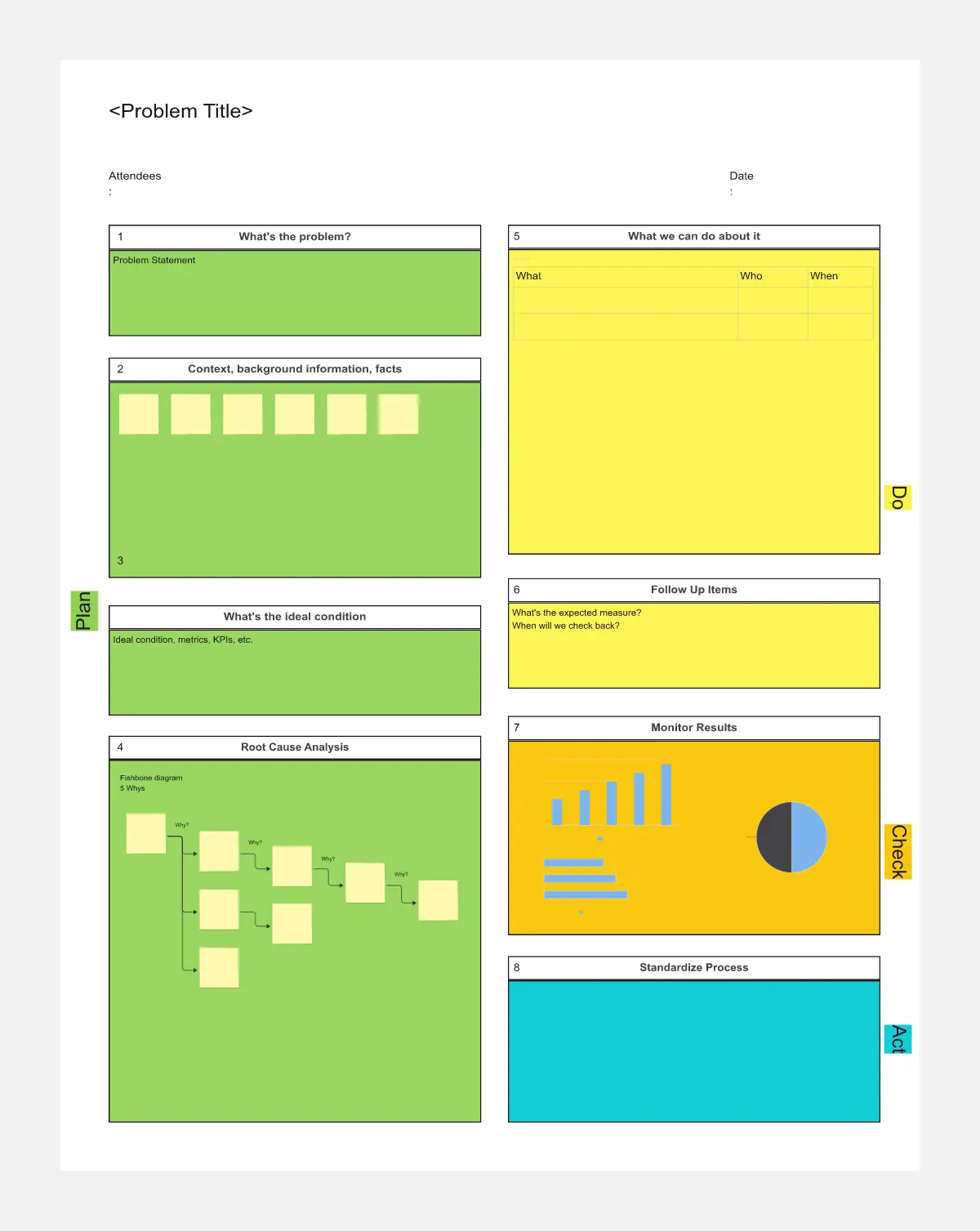
Problem Hypothesis Generation Template
26 likes131 uses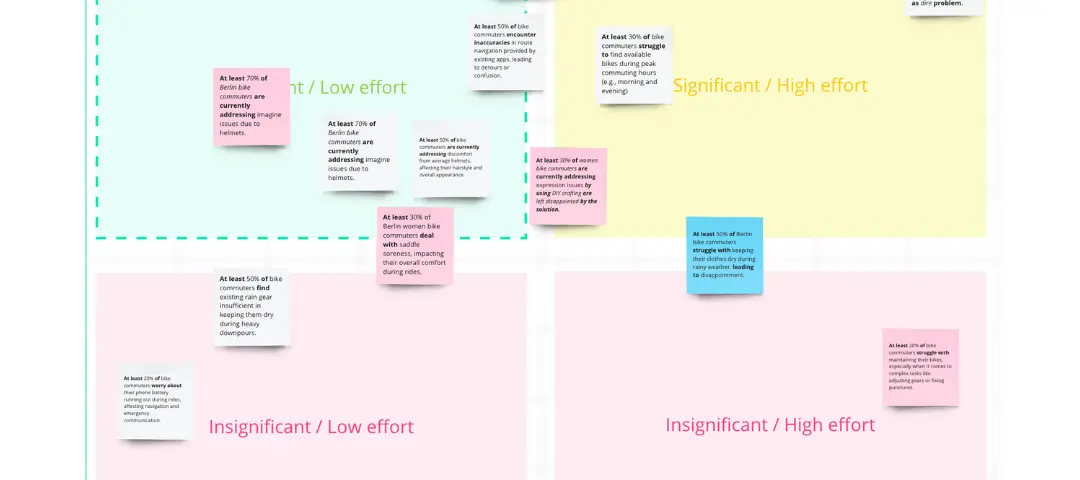
Problem Framing
21 likes98 uses
Problem Statement
18 likes90 uses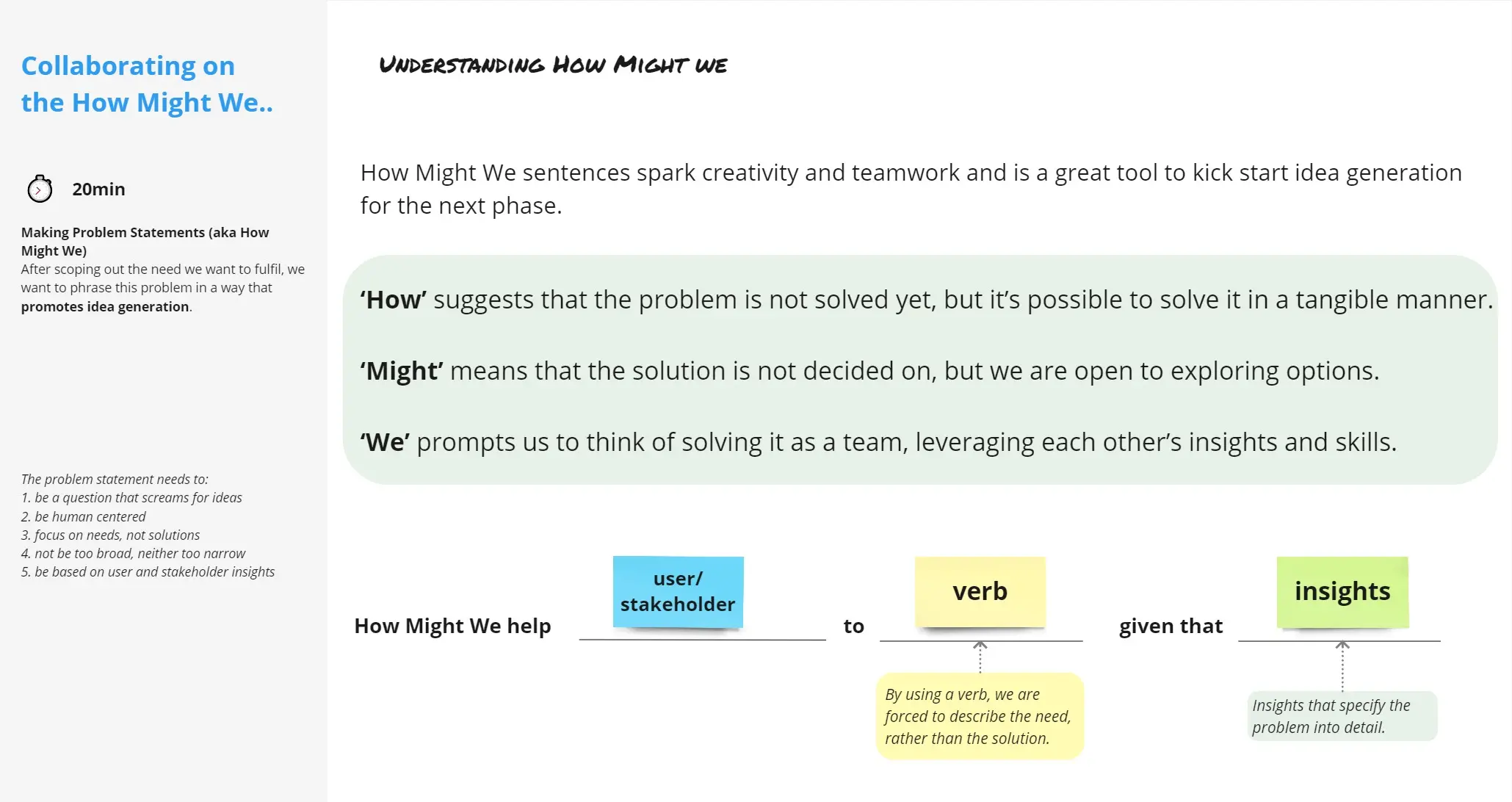
Create a Good Problem in 20 Minutes
41 likes89 uses
Polya's Problem Solving Canvas
19 likes77 uses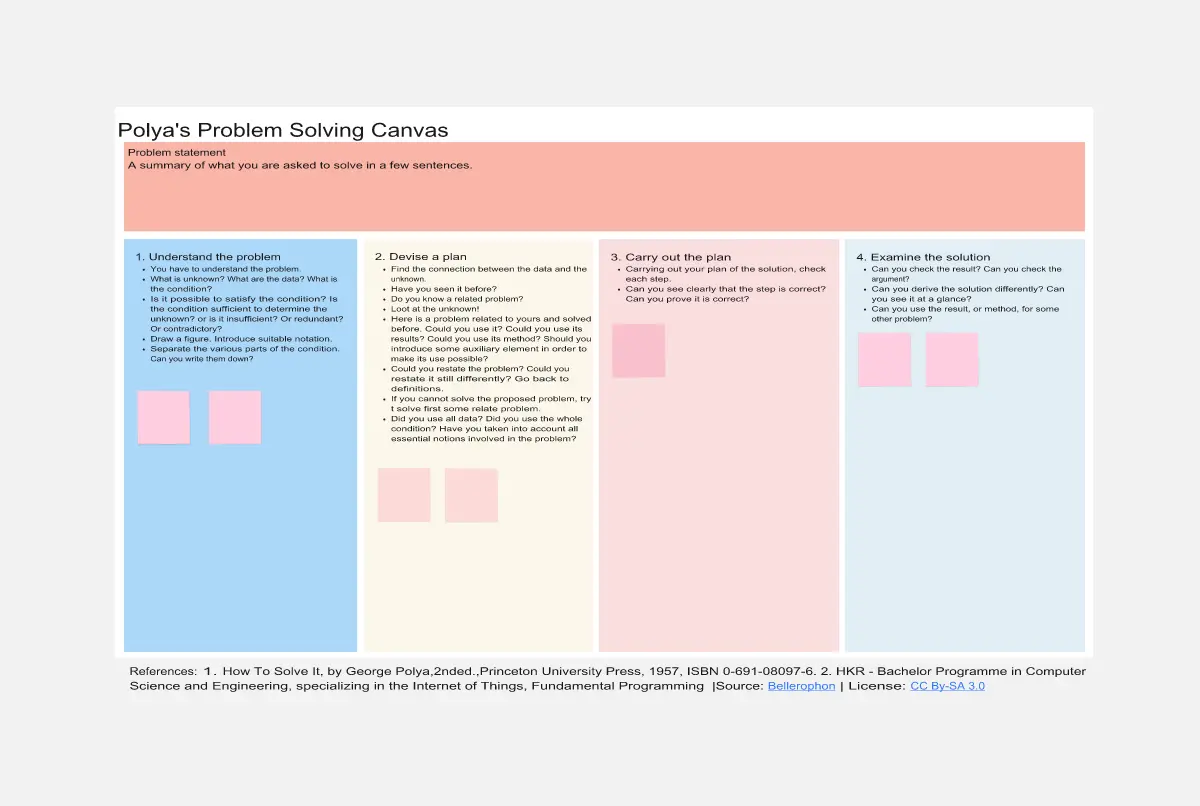
Problem Shortlisting / Prioritization
21 likes75 uses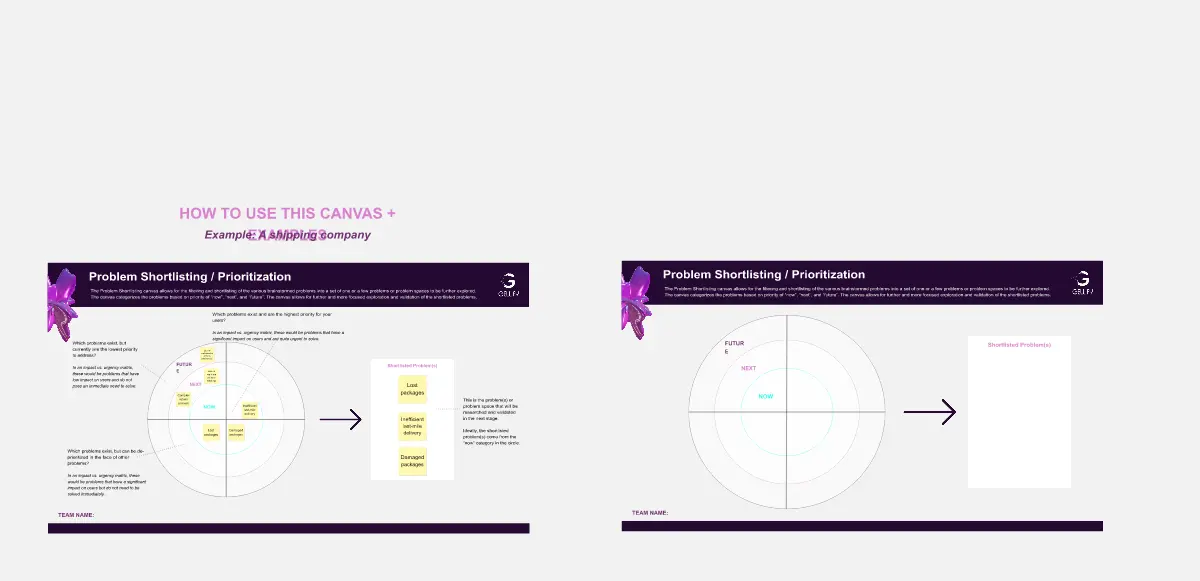
Problem framing
24 likes72 uses
Engagement Survey / Problem Group Discussion
14 likes59 uses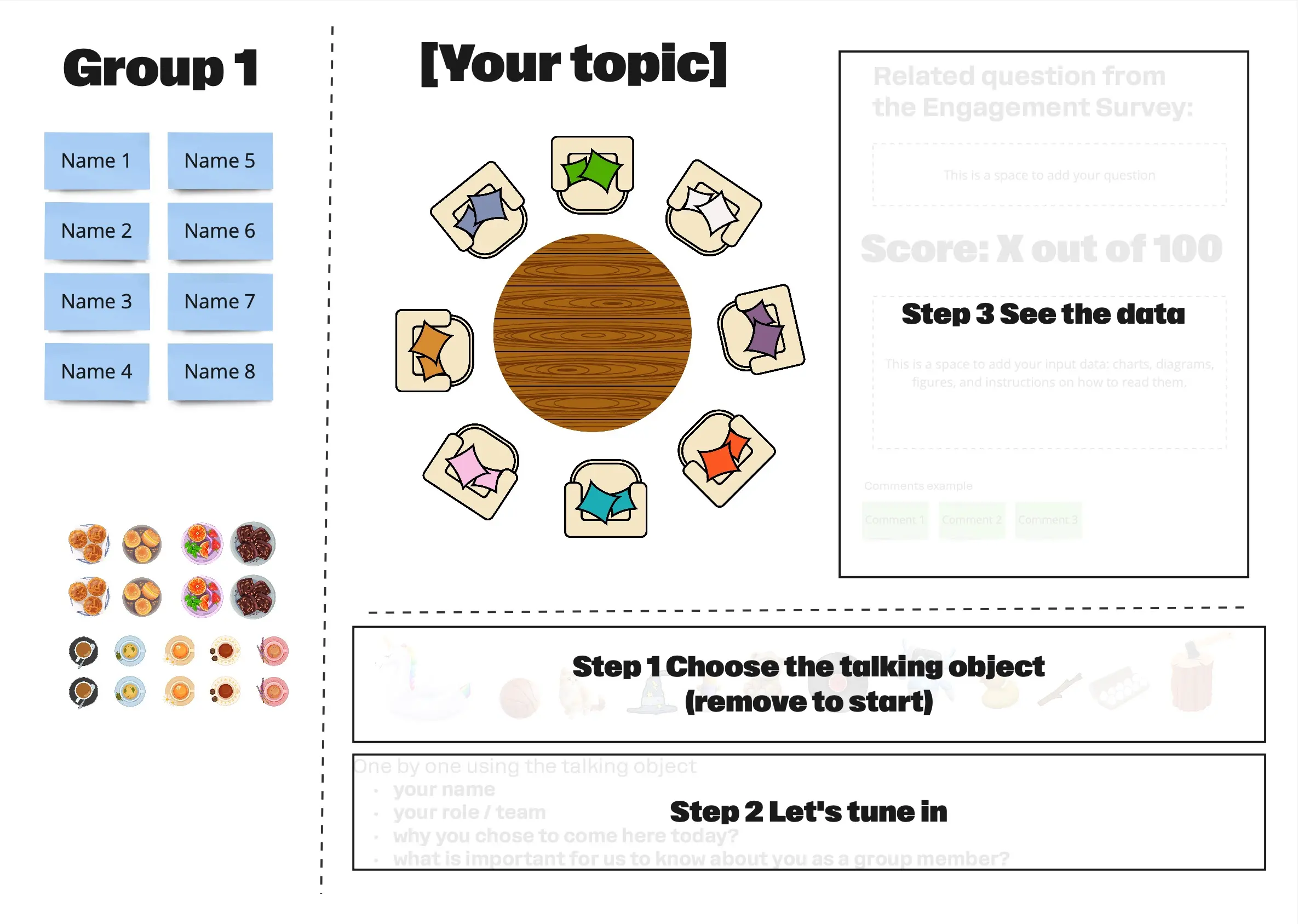
Rapid Problem Solving
13 likes57 uses
The Problem Grinder
12 likes52 uses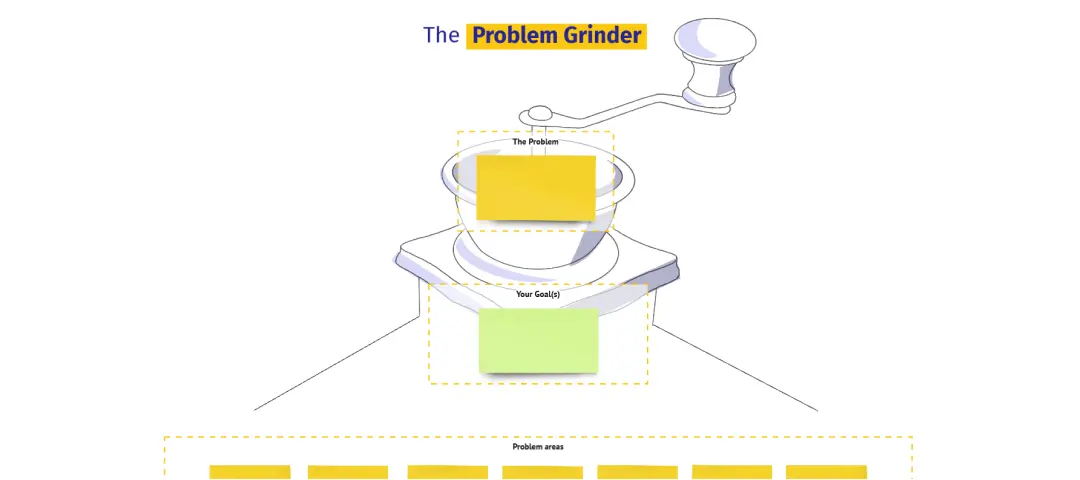
Problem Retrospective
12 likes48 uses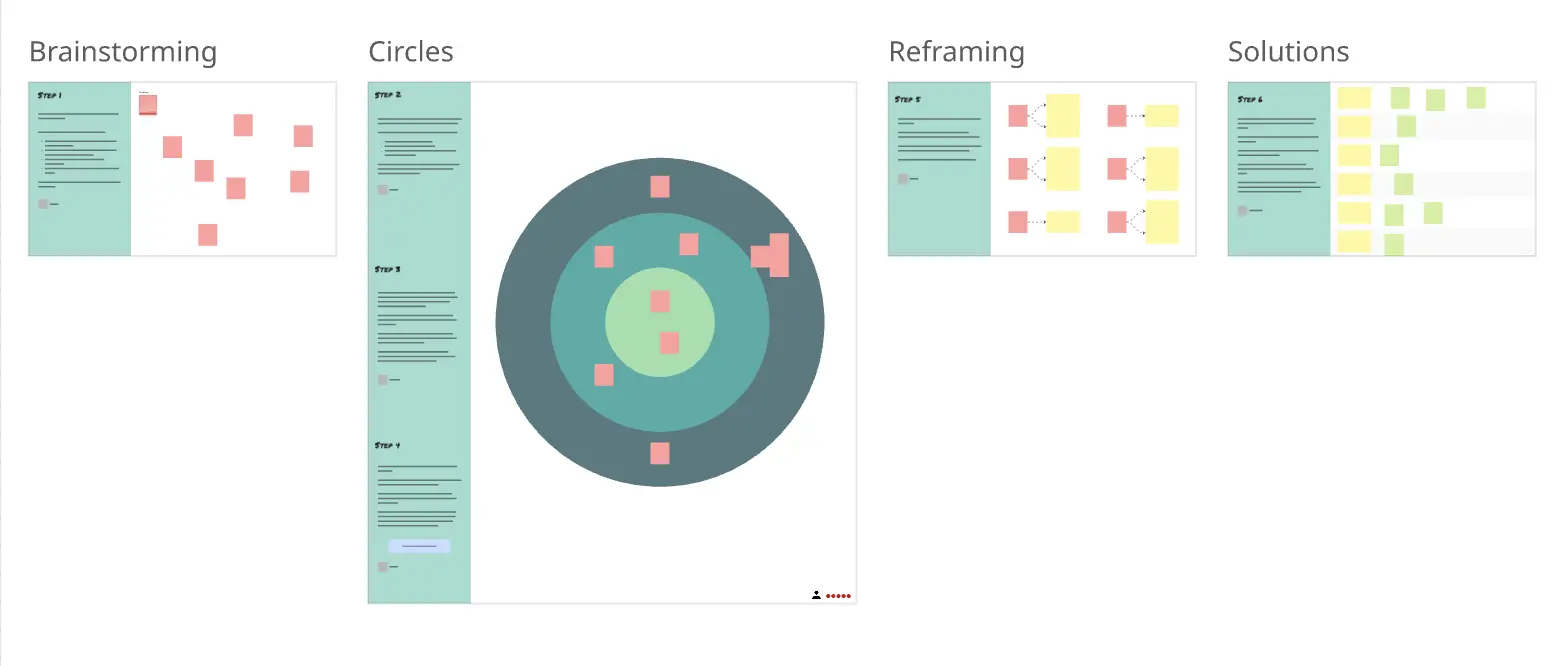
CusDev Problem Interview Simulator
6 likes47 uses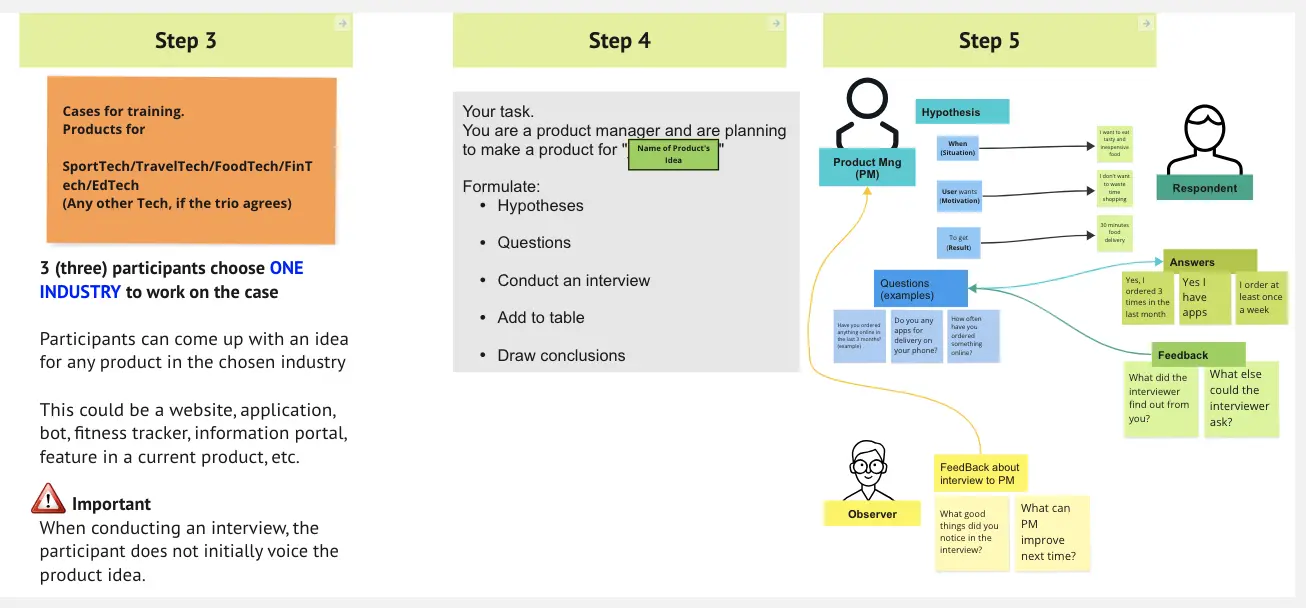
Explore more
Action PlanBusiness PlanCalendarChange ManagementCompetitive AnalysisCost Benefit Analysis templatesDaily schedule templatesDecision MakingDecision MatrixGap AnalysisGoal Setting TemplatesMarket analysis templatesMarketing PlanMarketing StrategyOKR templatesWeekly PlannerPlanningPriority Matrix TemplatesProduct Roadmap Templates Product Strategy TemplatesProject CharterProject Plan Project Tracking Requirements GatheringResource PlanningRisk AssessmentRoadmapSmart GoalsSocial Media PlanningStakeholder MapTimelineTo Do List Vertical TimelinesWhiteboardFlowchartCustomer Journey Map
